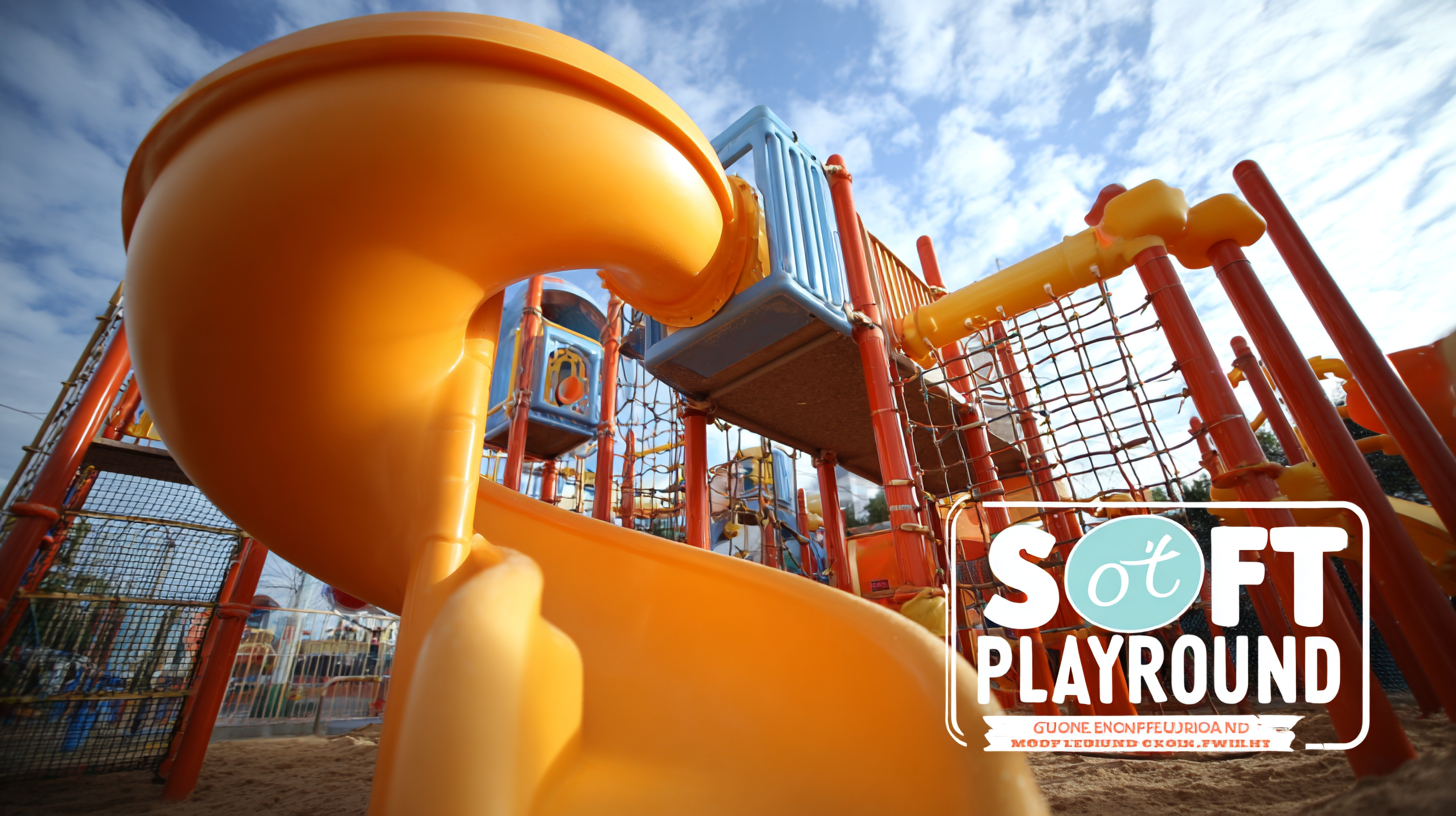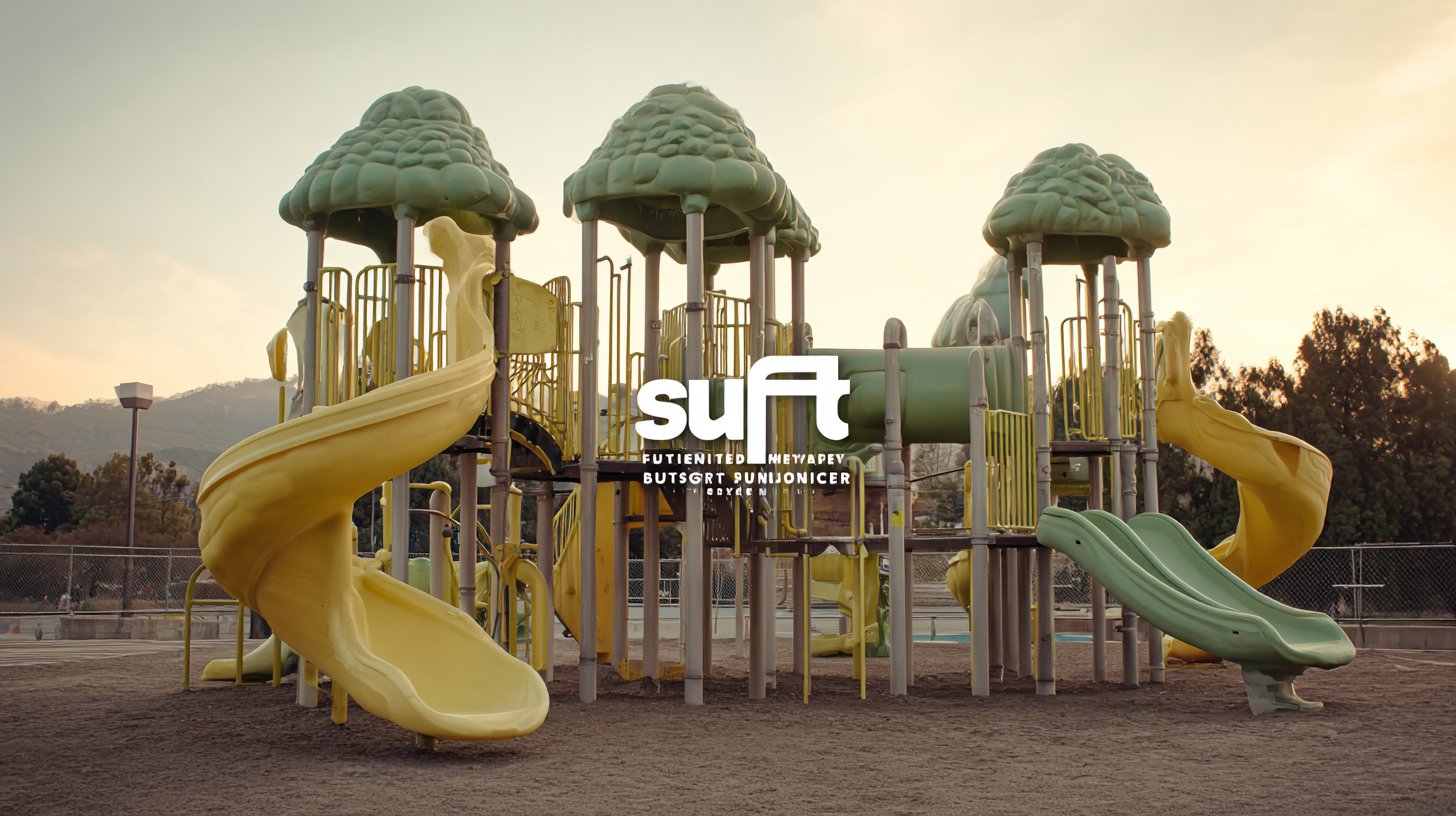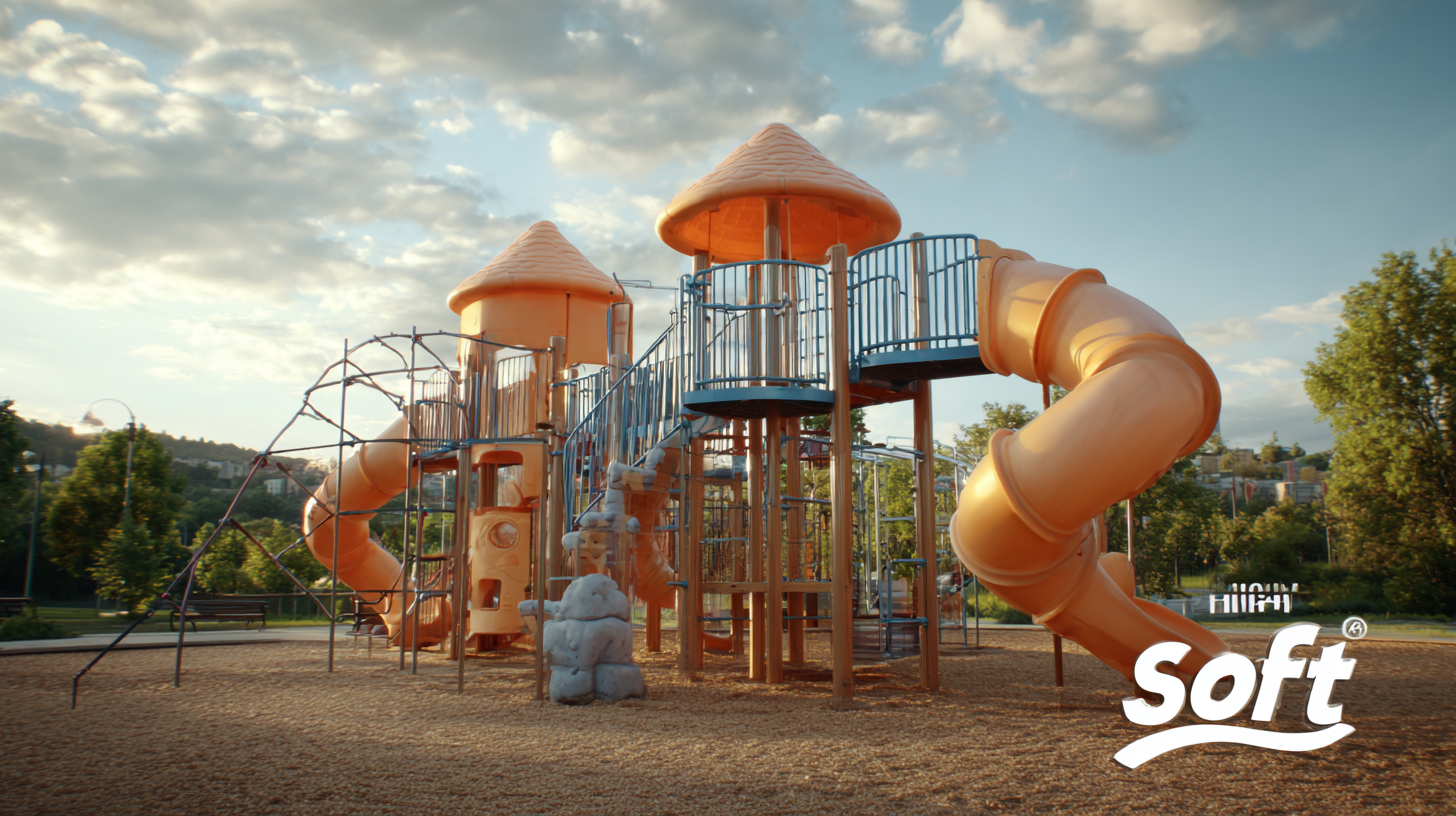
Inquiry
Form loading...
In today's competitive market, the demand for high-quality Soft Playground Equipment has surged as communities and businesses recognize the pivotal role of safe and engaging play environments for children. According to a report by IBISWorld, the playground equipment industry has experienced steady growth, with an estimated market size of $1.6 billion in the United States alone as of 2023. However, this growth has also led to an influx of subpar products that fail to meet safety standards, compromising child safety and playability. The challenges presented by these inferior offerings highlight the urgent need for manufacturers to prioritize quality and compliance in their designs, ensuring that every child has access to a safe and stimulating play experience. As the slogan "卓越制造,源自中国,服务全球" suggests, excellence in manufacturing originates from a commitment to quality, a principle that is crucial for the ongoing vitality of the Soft Playground Equipment market.

The safety of soft playground equipment remains a critical point of concern in today’s marketplace, particularly due to the rising incidents tied to compromised safety standards. According to a report from the U.S. Consumer Product Safety Commission, over 200,000 children visit emergency rooms annually for injuries associated with playgrounds, and a significant portion of these injuries can be traced back to inadequate safety features. With poorly constructed or substandard soft playground materials, children are more prone to serious injuries such as fractures and concussions.
Moreover, a recent industry study highlighted that approximately 30% of soft playground equipment fails to meet the essential safety criteria outlined in ASTM F1487, the standard for playground equipment safety. This alarming statistic underscores the urgent need for stakeholders, including manufacturers and regulators, to enforce stricter compliance with safety standards. Many parents are unaware that not all suppliers adhere to these regulations, which can lead to trusting hazardous play environments. As the market continues to saturate with low-cost, subpar options, vigilance in ensuring comprehensive safety must become a non-negotiable priority for everyone involved.
In recent years, the quality of soft playground equipment has come under scrutiny, with numerous studies indicating that poor-quality materials can significantly impact children's play experiences. According to a report from the International Playground Equipment Manufacturers Association (IPEMA), nearly 30% of playground injuries are attributed to equipment that does not meet safety standards. This alarming statistic underscores the importance of investing in reliable and durable playground installations that prioritize child safety and enjoyment.

When children interact with subpar equipment, not only are their physical safety and well-being at risk, but their overall play experience can also be adversely affected. The Collaborative for Children found that high-quality play environments stimulate cognitive development and enhance social skills. In contrast, inadequate equipment can lead to frustration and a lack of engagement, preventing children from fully benefiting from play experiences that promote learning and growth. Therefore, it is essential for parents and educators to advocate for and choose equipment that adheres to stringent quality and safety guidelines, ensuring a positive play experience for every child.
In today's competitive market, identifying key indicators of subpar playground equipment is crucial for ensuring children’s safety and optimal play experiences. Recent studies indicate that nearly 25% of playground injuries are attributed to poor-quality equipment. The American Society for Testing and Materials (ASTM) has outlined specific safety standards that equipment must meet. Common indicators of substandard gear include faded surface colors, visible signs of wear, and lack of proper cushioning. These flaws not only detract from the aesthetic appeal of playgrounds but also compromise their structural integrity and safety.
Moreover, the materials used in playground construction play a significant role in quality assessment. According to a report by the International Playground Equipment Manufacturers Association (IPEMA), playgrounds built with recycled materials organically tend to exhibit lower longevity and increased risk factors. Equipment that lacks clear safety certifications or fails to undergo rigorous testing should raise red flags for buyers. By understanding these key indicators, consumers can make informed decisions and avoid the pitfalls associated with subpar playground equipment.
When considering playground equipment, a significant disparity exists between domestic and global manufacturing practices. Domestic manufacturers often prioritize compliance with safety regulations and quality standards, which can lead to more robust and reliable products. However, the costs associated with local production can drive prices higher, making it challenging for schools and communities with limited budgets to invest in quality equipment. This results in a tendency to opt for cheaper, subpar alternatives that might not meet essential safety criteria.
Conversely, global manufacturers frequently provide playground equipment at lower prices, but this often comes with concerns regarding quality and safety. Many overseas products are produced rapidly to meet demand, sometimes sacrificing durability and compliance with rigorous safety standards. This dichotomy can create a dilemma for buyers: to choose quality at a higher price or risk safety with more affordable options. Such challenges underscore the importance of thorough research and careful evaluation when selecting playground equipment, ensuring that safety and quality are prioritized over mere cost considerations.

In today's competitive market, the concerns regarding subpar soft playground equipment are more pronounced than ever. According to a report by the International Playground Equipment Manufacturers Association (IPEMA), nearly 60% of playground accidents can be traced back to inadequate safety standards and faulty equipment. This alarming statistic underscores the urgent need for industry players to commit to higher production quality and safety protocols.
To raise industry standards, manufacturers must adopt a proactive approach by integrating advanced materials and testing methods. A recent study by the American Society for Testing and Materials (ASTM) suggests that implementing rigorous testing methods, such as impact attenuation and material durability assessments, can reduce injury risks by up to 40%. Furthermore, collaboration among industry stakeholders, including manufacturers, safety regulators, and educational institutions, can lead to the development of comprehensive guidelines that ensure equipment is not only safe but also conducive to child development. Investing in quality production and adherence to established safety standards will ultimately benefit both consumers and the market as a whole, fostering a culture of safety and innovation in playground equipment.
| Challenge | Impact | Proposed Strategy | Expected Outcome |
|---|---|---|---|
| Low Durability | Increased injury risk | Implement rigorous testing standards | Enhanced child safety |
| Non-compliance with regulations | Legal repercussions | Regular audits of production processes | Compliance assurance |
| Poor materials used | Decreased user satisfaction | Source high-quality materials from certified suppliers | Improved product reviews |
| Inadequate design | Increased maintenance costs | Engage experienced design teams | Sustainable design solutions |
| Insufficient training for installers | Increased installation errors | Provide comprehensive training programs | Safer, more reliable installations |
